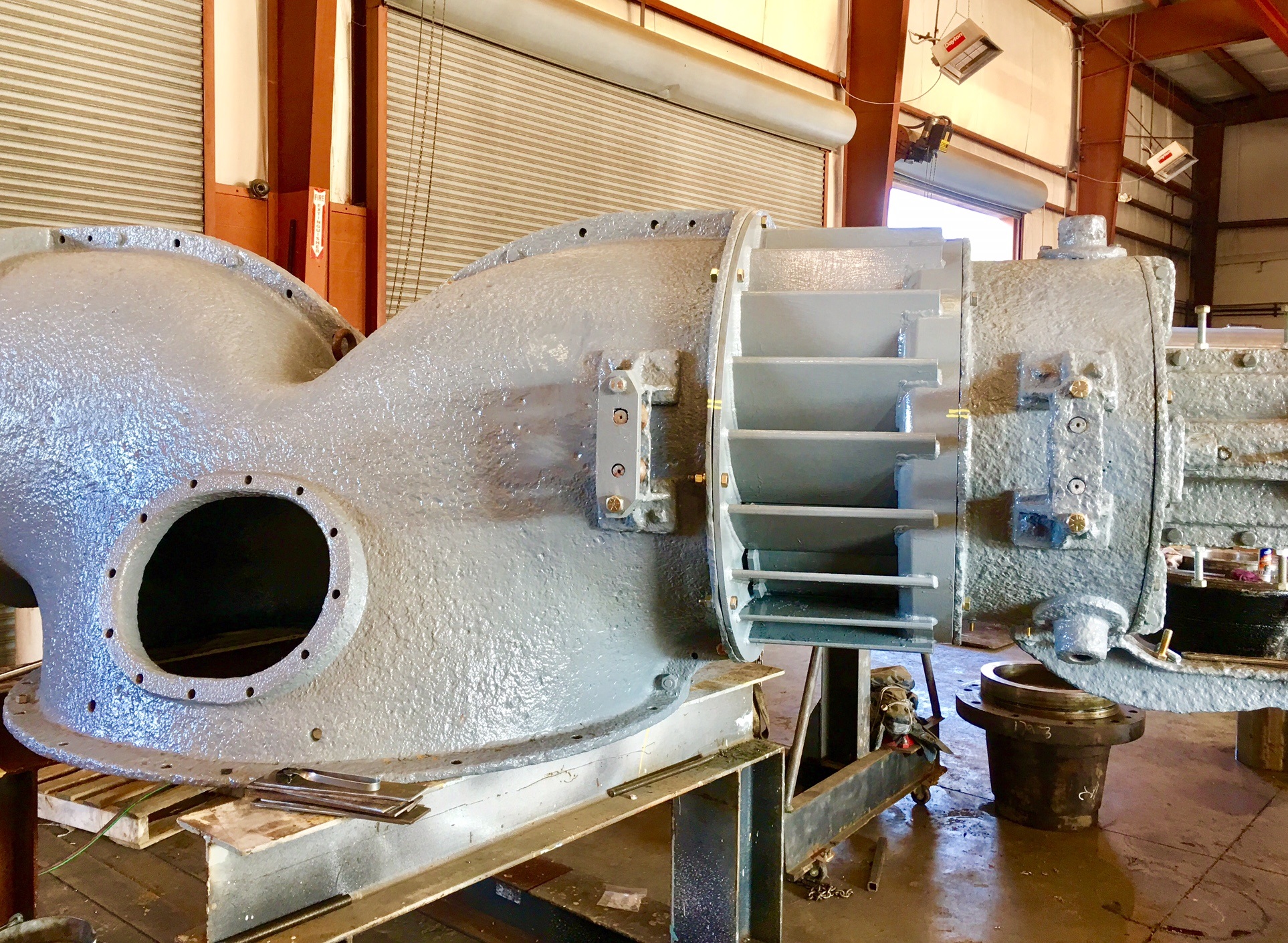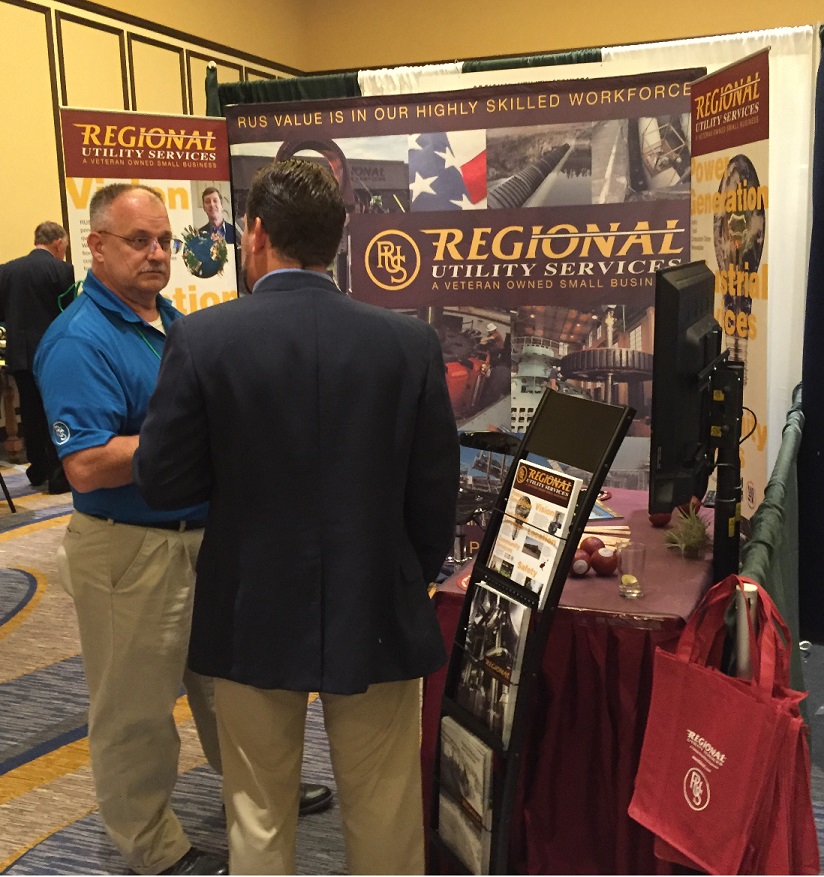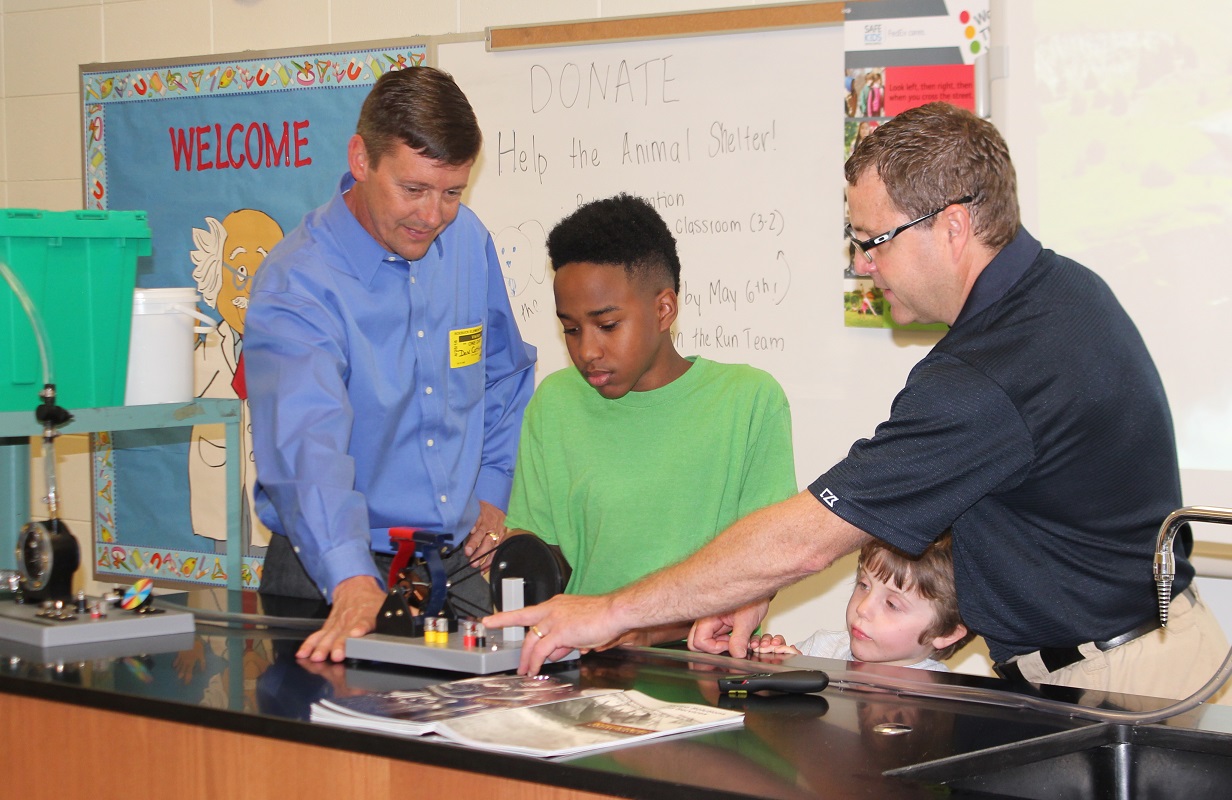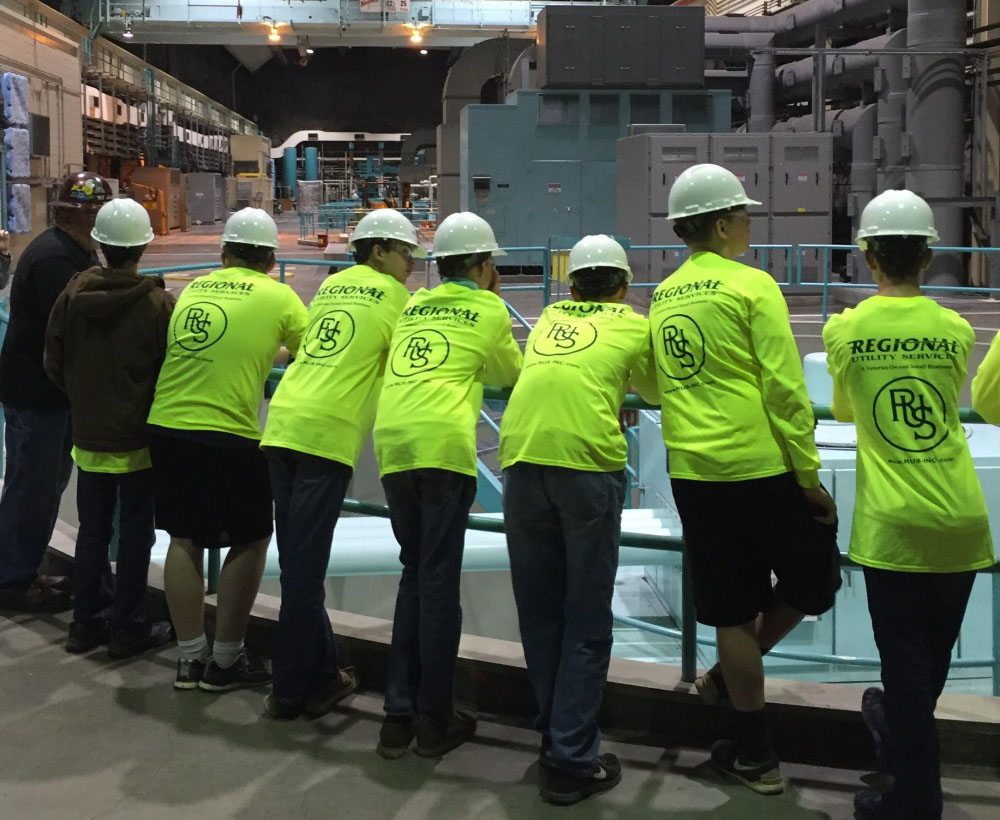
Our Hydro-Electric Division – Preserving History
This camelback (in the RUS shop for scale removal, weld repairs, and preservation) is from one of the oldest continuously operating alternating current hydroelectric facilities in the United States. The Lower Pelzer Hydro plant was designed by Thomas Edison, and began generating power in 1895 on the Saluda River. What an honor to work on this important part of our country’s history!

The camelback is pictured post-restoration. According to Project Manager Jerry Moody, this piece of equipment is capable of performing in a hydroelectric plant for another 100 years.
RUS delivers complete solutions to the hydro industry, including major component replacements and balance of plant system maintenance. Our unique management approach ensures delivery of safe, cost-effective solutions resulting in improved plant performance and profitability for our customers.
RUS project managers deliver superior services through a hands-on approach, from the pre-bid process to the final closeout. Our team leaders provide critical oversight and reporting for our projects, and they offer value-added solutions through key partnerships with our customers. RUS is known for providing the highest quality hydro service solutions available.
HYDRO SERVICES CAPABILITIES:
1. Complete turbine inspection, replacement, and repair
2. Excitation upgrades (including collector ring inspection, replacement and repair)
3. Generator inspection, cleaning, testing (including field pole removal and replacement)
4. Head gate and head gear inspection, repair and replacement
5. Intake/outflow structures (flume lines, pen stocks, draft tubes) inspection, repair, replacement
6. Runner cavitation (stainless steel, cast iron, carbon) and flashing repair. 7. Power Plant upgrades, including demolition
If you are in need of a contractor to perform your Hydro-Electric plant maintenance (whether it be outage, preventative, or corrective), give RUS a call. It would be an honor to assist your team in maintaining your plant’s efficiency and availability at its highest possible level.



